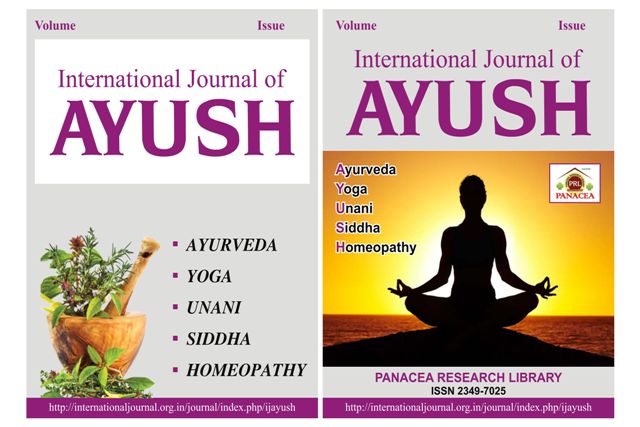THE ART AND SCIENCE OF HOMEOPATHIC CASE TAKING
DOI:
https://doi.org/10.22159/prl.ijayush.v14i09.1512Keywords:
Homeopathic Case Taking, OrganonAbstract
Dr. Sunil Singh Chauhan is a dedicated and experienced Homeopathic physician with over 16 years of clinical experience. He obtained his BHMS from Sophia Homoeopathic Medical College, Gwalior (2011), followed by a Postgraduate Diploma in Clinical Research & Pharmacovigilance from B.I.I., Noida the same year. In 2018, he earned an MBA in Hospital & Healthcare Management from NMIMS University.
He has successfully treated over 19,000 patients, focusing on both acute and chronic conditions such as musculoskeletal disorders, respiratory issues, child health concerns, cardiovascular complaints, rheumatological problems, stress-related disorders, and obesity. Known for his personalized and ethical approach, he practices at Dr. Batra’s Positive Health Clinic Pvt. Ltd., Indore (Central Zone).
Dr. Chauhan is registered with the Central Council of Homeopathy and has completed Basic Life Support training from Birla Institute, Gwalior. Fluent in English, Hindi, and French, he bridges communication gaps for diverse patients and has a compassionate, mentor-like approach to healthcare.
Abstract
Case taking in homeopathy is not merely a clinical tool; it is a dynamic, investigative art rooted in philosophy and empathy. From the times of Hahnemann to Kent, Allen, and Schmidt, the evolution of this art has emphasized the importance of understanding not just disease, but the diseased individual. The goal is to perceive the “totality of symptoms” — a composite portrait of physical ailments, emotional states, behavioral nuances, and inherited tendencies. This paper delves deep into the history, philosophy, principles, and execution of classical homeopathic case taking. It further demonstrates, through a comprehensive chronic case, how a well-executed case record reveals the essence of the patient, guides miasmatic understanding, and ensures accurate remedy selection. The paper illustrates every stage from initial rapport to follow-ups and long-term prognosis.



